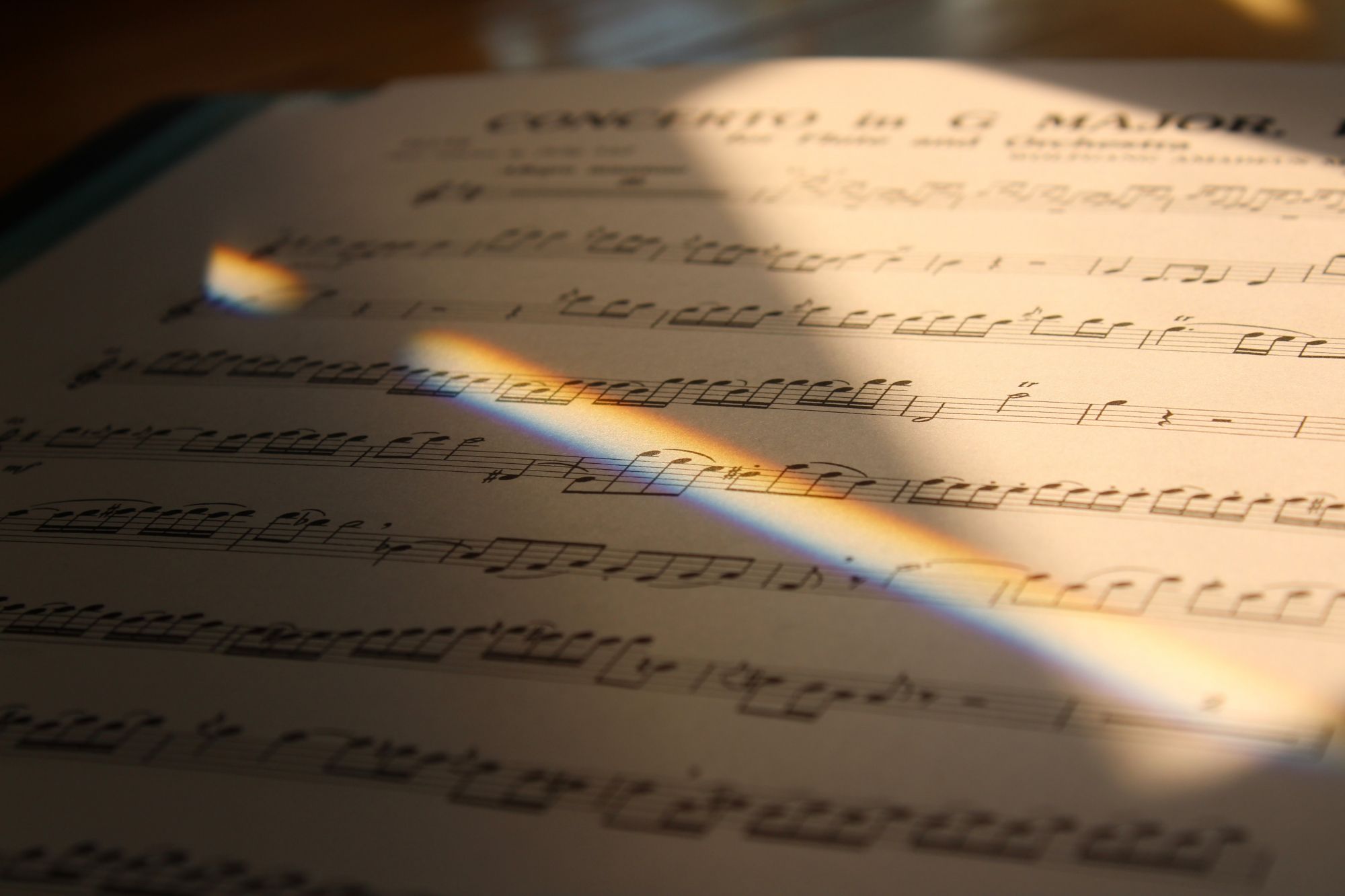I want to share a little behind-the-scenes look into how we determine the order for the work in Door Is A Jar literary magazine.

Once the piece has been approved, it is given a ranking number, based on its tone, from 1 to 3. "1" being something slow, heavy or sad, like a ballad; a "3" is something that is the complete opposite — quick and funny, like a high-energy rock song; and a "2" falls somewhere in between. Some pieces will maintain a tone all the way through, while others have a shift, and these factors are also taken into consideration.
I learned this method from my dad, who worked as a music producer. When you start looking for these patterns, you'll find The Beatles' Stg. Pepper's Lonely Hearts Club Band album and Gorillaz's "Demon Days" employ this method.
So, I figured I'd apply it to writing.
The two main rules of using this 1, 2, 3 order are that you can't just jump from a 1 to a 3 (or a 3 to a 1), without a 2 to pad the difference. You also can't have three of a kind in a row. Three 1's will be too much of a downer, and three 3's expends too much energy.
The method works best when all the pieces are there, and nothing has to be pulled. There have been times when the order was perfect, only for a story or poem to be removed because we learned it was previously published, and then the order of the entire magazine needed to be revised.
One way I like to look at this is that each story, poem or piece of artwork is like an individual note, and I'm trying my best to string these together into this arching melody. That's part of the reason we stopped including the table of contents: we were concerned readers would just skip to a specific poem or story and miss out on the larger flow of the magazine.
So, when you're reading the most recent issue of Door Is A Jar, take a moment to listen to the tone, and see if you can hear the underlying hidden song.